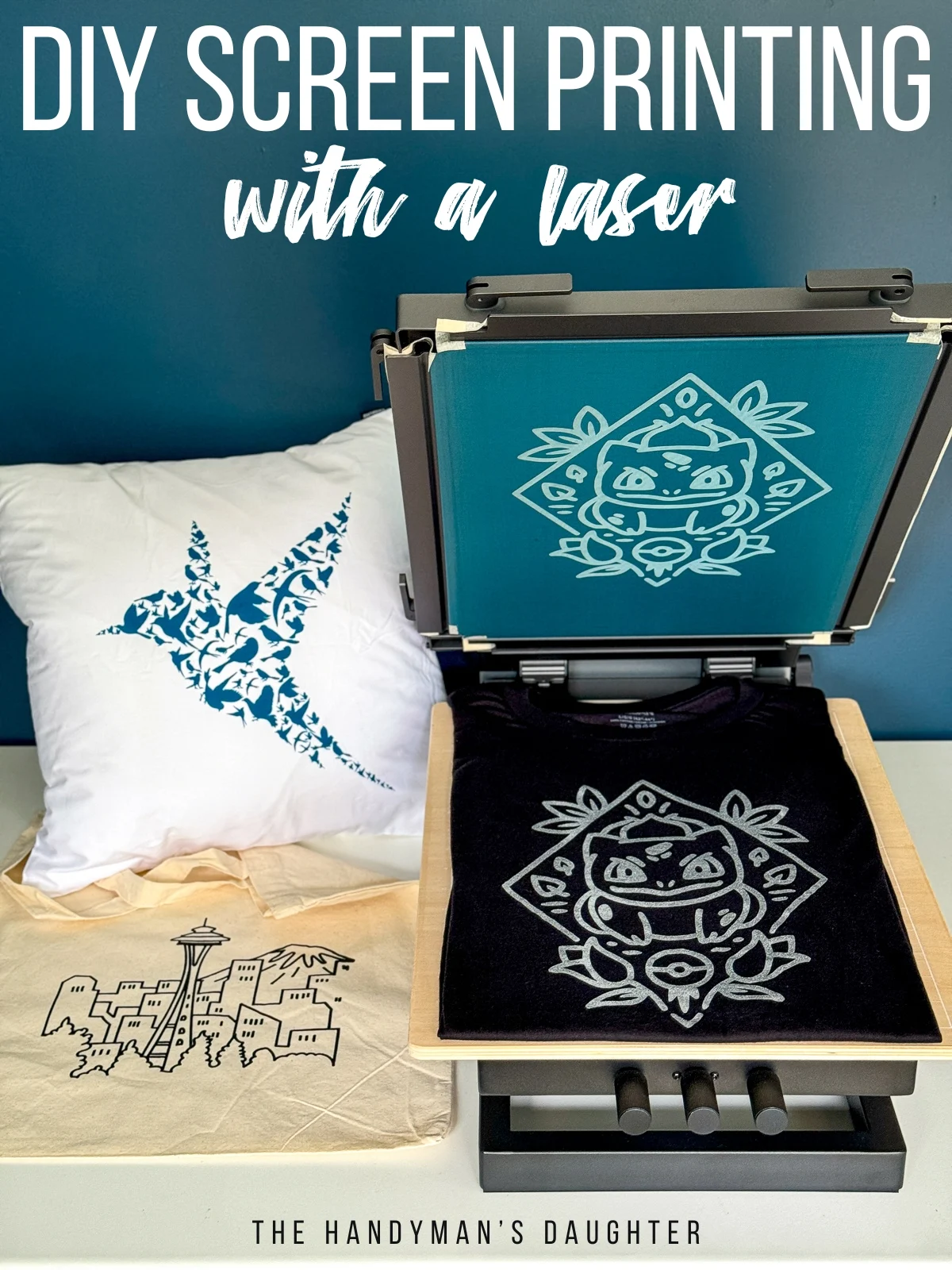The Crucial Guide to Comprehending Screen Printing and Its Versatile Utilizes
Screen printing has an abundant history that goes back to ancient times, advancing into an innovative technique made use of across different industries today. This overview discovers the details of the screen printing process, describing its applications in home, advertising, and style style - 10:9 Design near me. Understanding these principles can open creative possibility for both industrial and artistic projects. The complying with sections will expose necessary pointers and strategies to enhance one's screen printing endeavors
The Background of Screen Printing
Screen printing has origins that map back centuries, its evolution reflects the technological and artistic advancements of various cultures. Coming from ancient China, the technique was initially used for decorating fabrics and later infect Japan, where it came to be indispensable to Ukiyo-e woodblock printing. The approach changed to Europe in the 18th century, where it got appeal among artisans and commercial printers. The invention of image solution in the 20th century changed screen printing, permitting more complex styles and higher efficiency. Musicians like Andy Warhol better drove its popularity, making use of the medium to create legendary jobs that mixed commercialism and art. By the late 20th century, screen printing had actually developed itself as a flexible technique, used in vogue, marketing, and art. Today, it remains to progress, incorporating digital innovation and expanding its applications across numerous industries.
The Screen Printing Refine Explained
Screen printing transforms imaginative visions into concrete layouts through a series of exact steps. At first, a picture is created and after that transferred onto a screen, generally constructed from great mesh textile stretched over a structure. A light-sensitive solution is put on the screen, which is revealed to light, setting in locations not covered by the image. After washing out the unhardened solution, a pattern is developed.
Next off, the screen is placed over the substratum, whether it be fabric, paper, or one more product. Ink is then pressed through the open areas of the pattern using a squeegee, depositing the style onto the substratum listed below. This process can be repeated for multiple shades, requiring separate displays for each and every shade. The published item is cured using heat to guarantee the ink adheres correctly, resulting in a resilient, dynamic style prepared for usage.
Types of Screen Printing Techniques

Additionally, specialized strategies, such as discharge screen printing, remove dye from the fabric to produce softer prints, while aluminum foil screen printing uses metal aluminum foil to attain a glossy finish (10:9 Design Texas). Each strategy supplies distinct characteristics, see post satisfying numerous imaginative needs and manufacturing ranges, eventually expanding the possibilities within the screen printing domain name
Applications of Screen Printing in Numerous Industries

Additionally, the signage and marketing sectors use screen printing for producing eye-catching displays and banners. This approach permits bold shades and intricate styles that record attention. In electronics, screen printing is utilized for using conductive inks to circuit boards, important for component connections. The home décor sector welcomes screen printing to generate distinct layouts on fabrics and wall surface art. Generally, screen printing acts as a vital tool across diverse areas, boosting items with customized and aesthetically attractive graphics.
Tips for Successful Screen Printing Projects
While carrying out a screen printing project, cautious attention to detail can considerably boost the last end result. Choosing premium materials is vital; this includes the screen, inks, and substrates. Making use of proper mesh counts can affect ink deposition and information resolution. Prep work is equally crucial; complete cleaning of Learn More Here screens and proper direct exposure times ensure crisp prints.
Next, exact enrollment is vital for multi-color prints. Using alignment devices can help accomplish precise layering. Additionally, screening prints on scrap materials before manufacturing helps identify potential problems without wasting sources.

Regularly Asked Inquiries
What Products Are Finest for Screen Printing on Material?
Cotton and polyester blends are suitable for screen printing on textile due to their durability and ink absorption. Additionally, specialized textiles like silk or canvas can produce distinct appearances and surfaces, improving the overall design top quality.
Just how Do I Clean and Maintain Screen Printing Equipment?
To preserve and cleanse screen printing equipment, one ought to on a regular basis clean screens with proper solvents, examine squeegees for wear, lubricate relocating parts, and shop all items in a dry, dust-free atmosphere to extend their life expectancy.
What Are the Ecological Influences of Screen Printing?
Screen printing can have substantial ecological effects, including chemical waste from solvents and inks, water usage during cleansing procedures, and power consumption. Environmentally friendly materials and sustainable techniques are important for lessening these negative results.
Can Screen Printing Be Done in your home Properly?
Screen printing can be successfully done at home with the best products and methods. Enthusiasts can develop high quality prints, though success depends on their skill level, devices, and understanding of the process included.
What Are the Costs Linked With Beginning a Display Printing Service?

Starting a screen printing service includes costs for devices, products, and work area. First expenses generally range from a couple of hundred to a number of thousand bucks, relying on the scale, top quality of equipment, and wanted manufacturing ability.
Screen printing has an abundant background that dates back to old times, advancing right into an advanced technique utilized across different sectors today. One more method, rotating screen printing, uses cylindrical displays, facilitating constant printing on material rolls, thus improving performance for large-scale productions. Furthermore, specialty methods, such as discharge screen printing, get rid of color from the fabric to create softer prints, while aluminum special info foil screen printing applies metallic aluminum foil to achieve a glossy surface. In the fashion industry, screen printing is commonly used to create dynamic designs on garments, allowing brand names to display their unique styles. Cotton and polyester blends are optimal for screen printing on material due to their toughness and ink absorption.